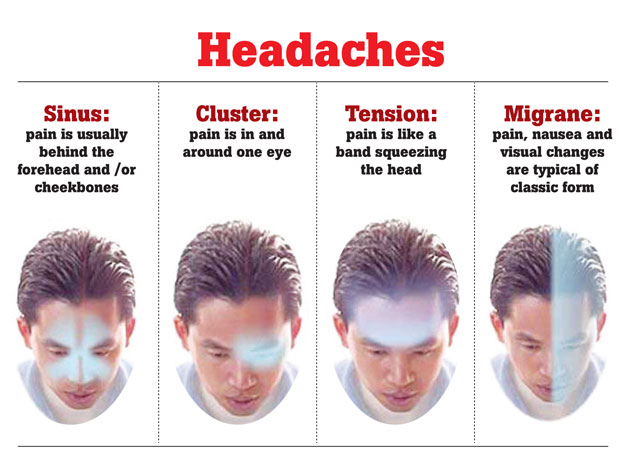Reply To:
Name - Reply Comment

 Headache is a very common yet unpleasant term we come across in our day today conversations. The severity of it might not keep us away from our daily lifestyle. Yet some headaches can be really torturing and could make us remain in bed, doing nothing.
Headache is a very common yet unpleasant term we come across in our day today conversations. The severity of it might not keep us away from our daily lifestyle. Yet some headaches can be really torturing and could make us remain in bed, doing nothing.
When suffering from these headaches, have you ever thought whether it could be something to do with ‘Migraine’- a very common term we hear at present. Is this probably due to rapid advancements of diagnosis and patient knowledge in various clinical conditions? Yes, your headache can of course be a migraine, but it is always necessary to think of all the other types of headaches and their natures, before coming in to the exact diagnosis of Migraine. Through this article we are going to discuss what a headache and migraine are and how they differ from one another. Knowing this difference is highly important in deciding the modality of treatment required.
What is a headache?
A headache is an unpleasant sensation in your head which can present either as pressure or an ache. The severity of it can depend on the way you can bear up pain (pain threshold) and vary from mild to severe. Commonest places for headache include, forehead, temples and back of the neck. Headaches can occur as a symptom of an underlying pathology so persistent headaches, or ones which cause a negative impact on day to day activities, should be taken in to consideration immediately and medical advice should be sought.
There are various types of headaches, based on the underlying etiology. They are as follows-
Primary
Secondary
These headaches usually occur as a part of an underlying illness or an injury.
Corner stone of management
-Over the counter drugs
-Relaxation techniques
What is Migraine?
Migraine is a throbbing pain usually arising in one side of the head (unilateral), triggered by specific things or situations. Accounting for a significant female predominance (75%), Migraine itself is known to make a huge negative impact on the manpower in the community.
Commonest triggering factors for migraine include,
There are two main categories of Migraine based on the presence of Aura- A vivid visual sensation experienced by individuals, 10-30 minutes before a migraine attack.
Other signs and symptoms associated with migraine include,
How do you treat Migraine?
How can you differentiate a headache from migraine?
Migraine is a type of headache which usually occurs due to various triggering agents such as environment, stress, hormones, food etc. Most migraines are moderate to severe in nature when compared to headaches, where the severity would depend on the underlying cause and may vary from mild to moderate to severe. Migraine typically affects only one side of the head (unilateral), where some patients might rarely present with bilateral aches.
As far as the quality of pain is concerned, headaches are usually intense and achy whereas migraine can be throbbing and dull, making daily activities quite difficult or impossible.